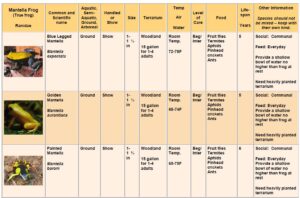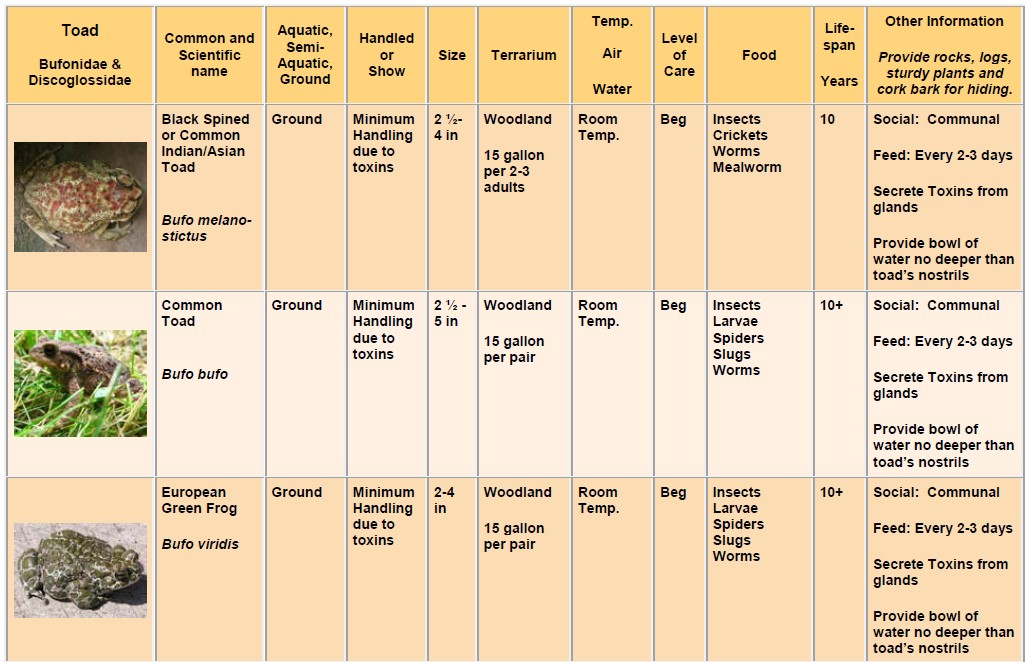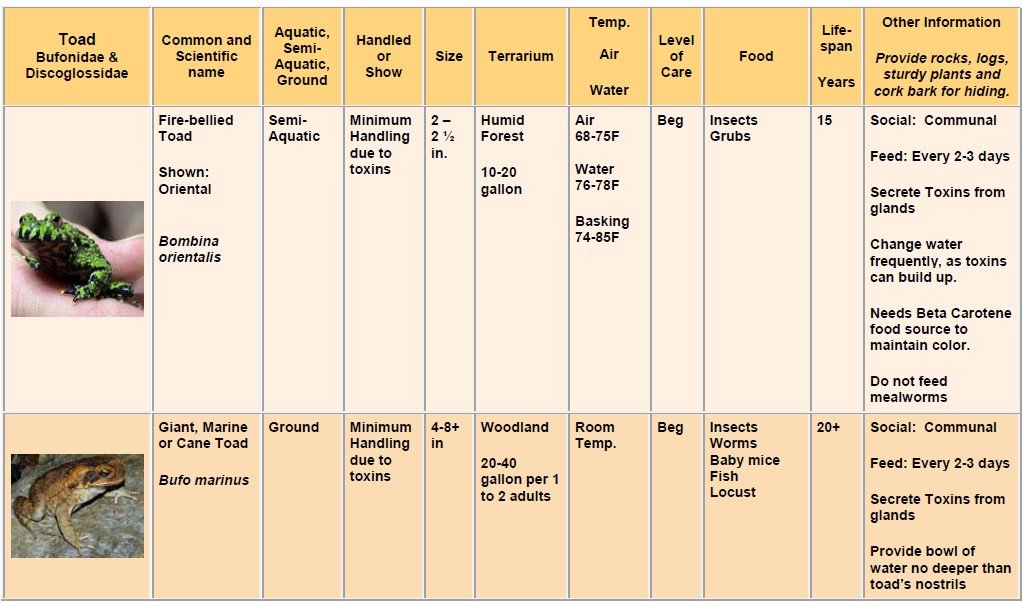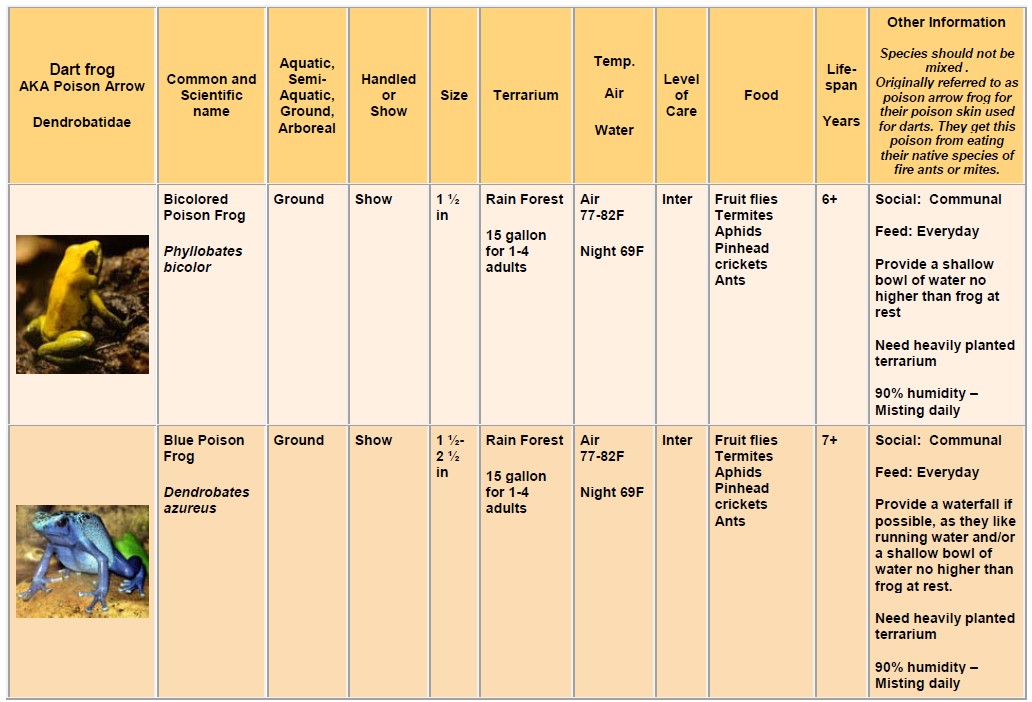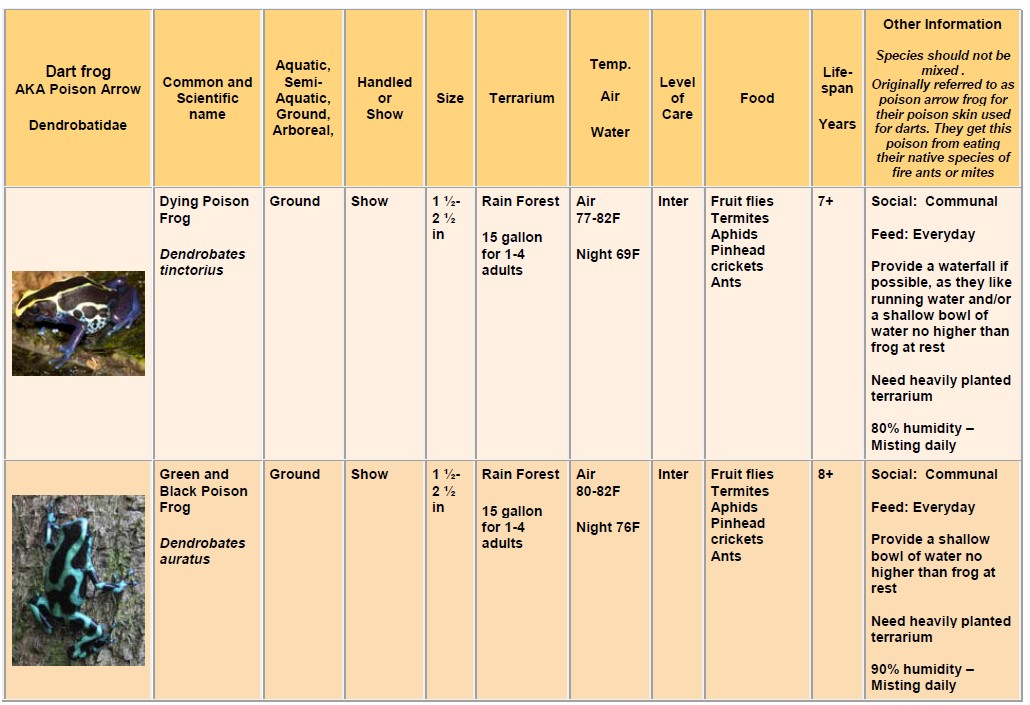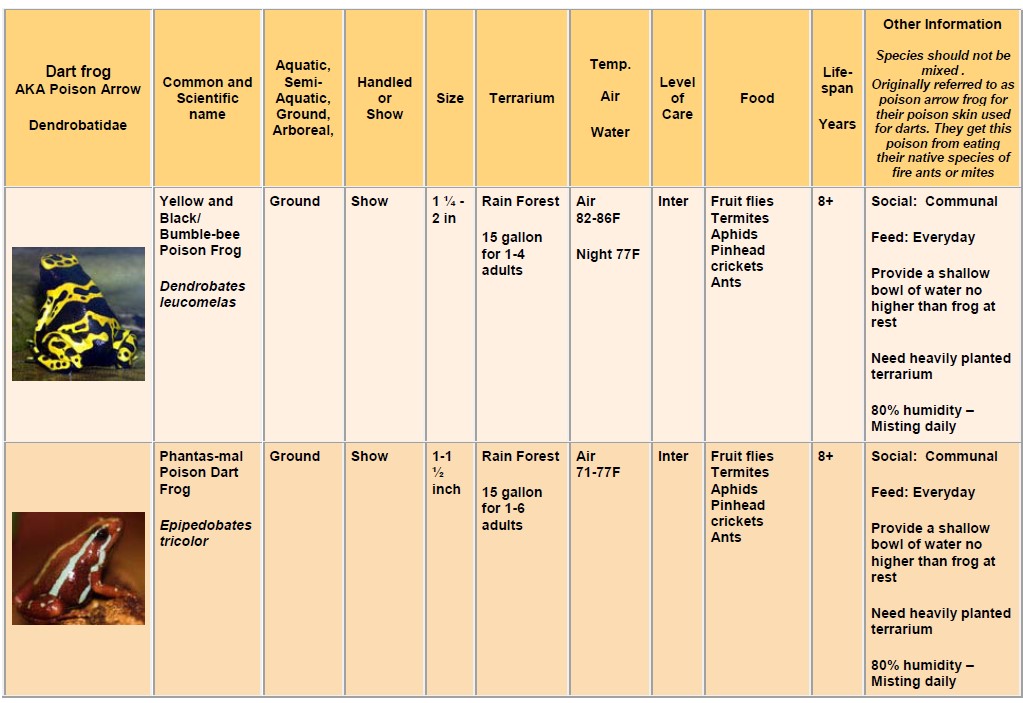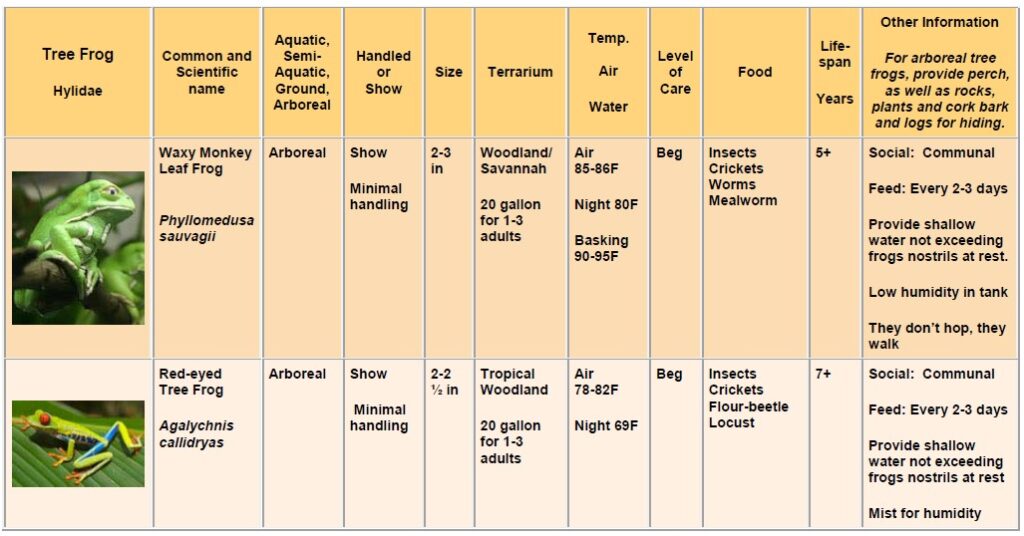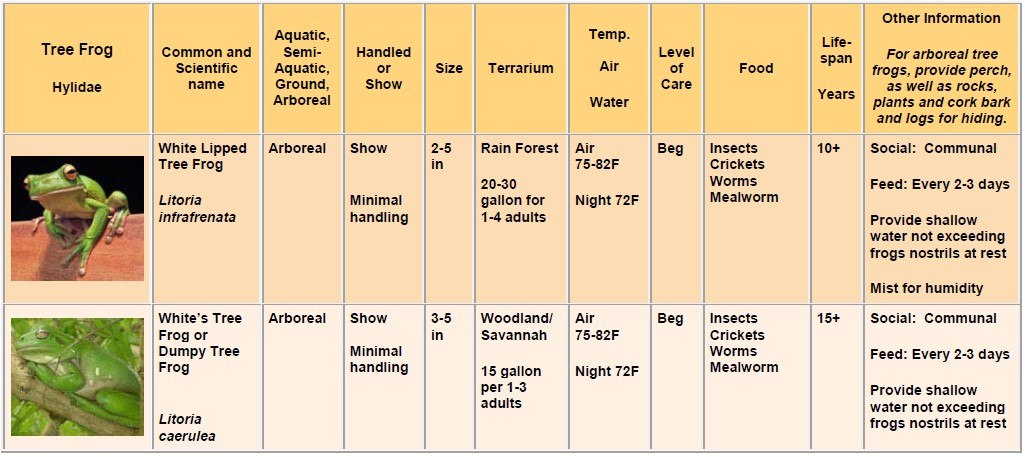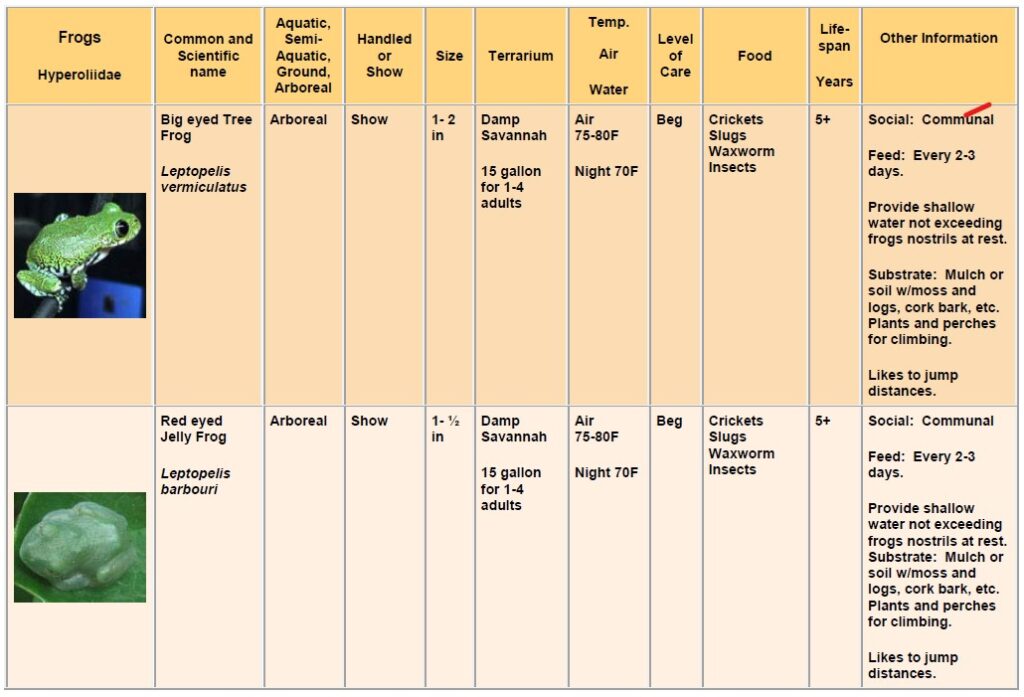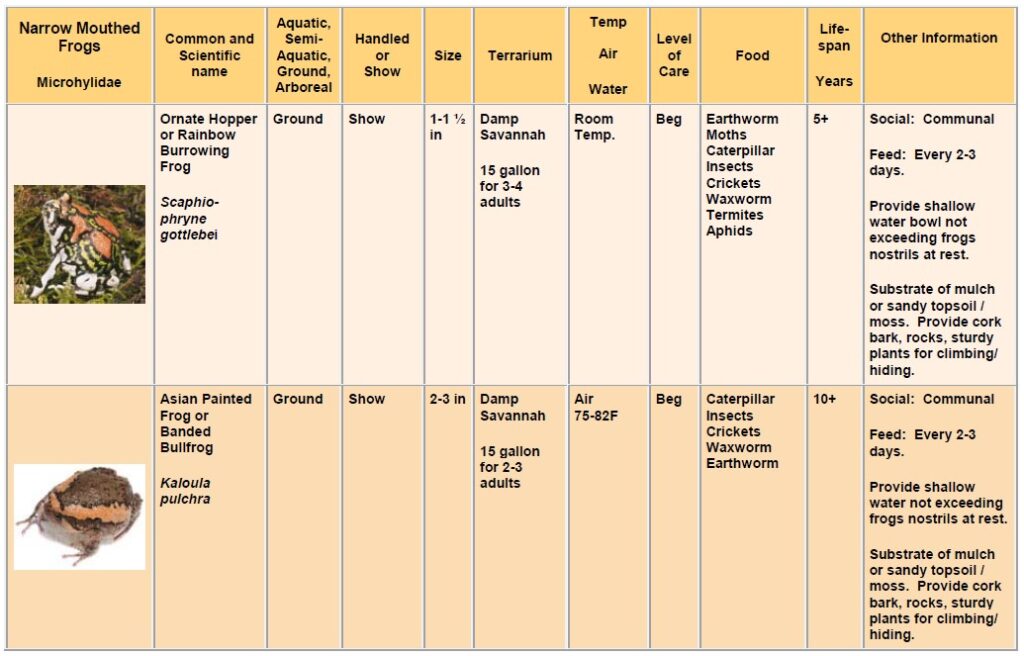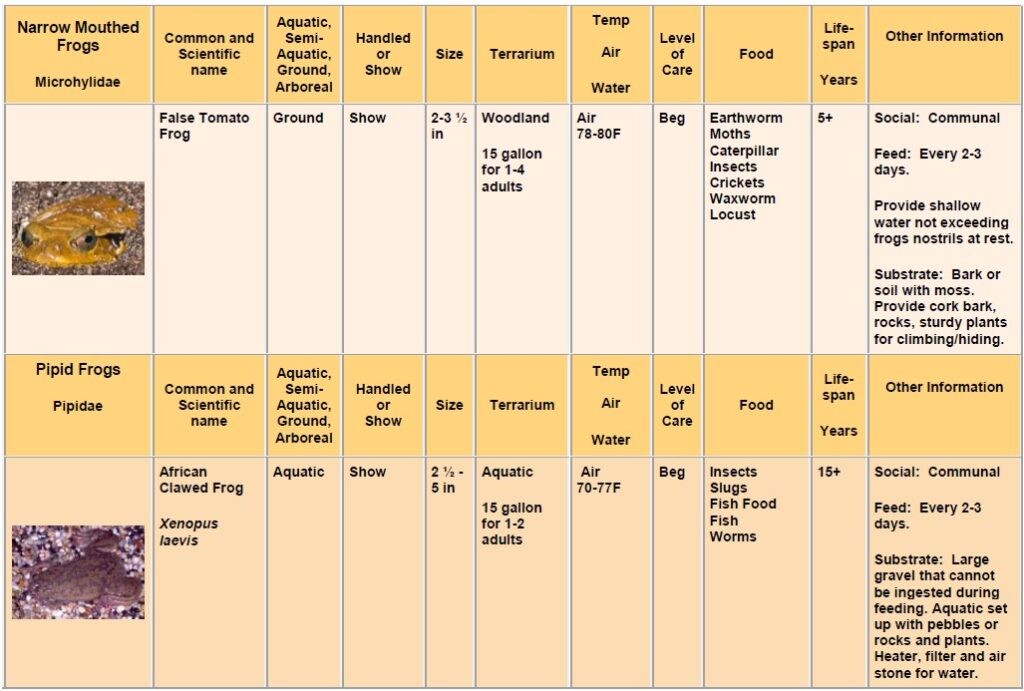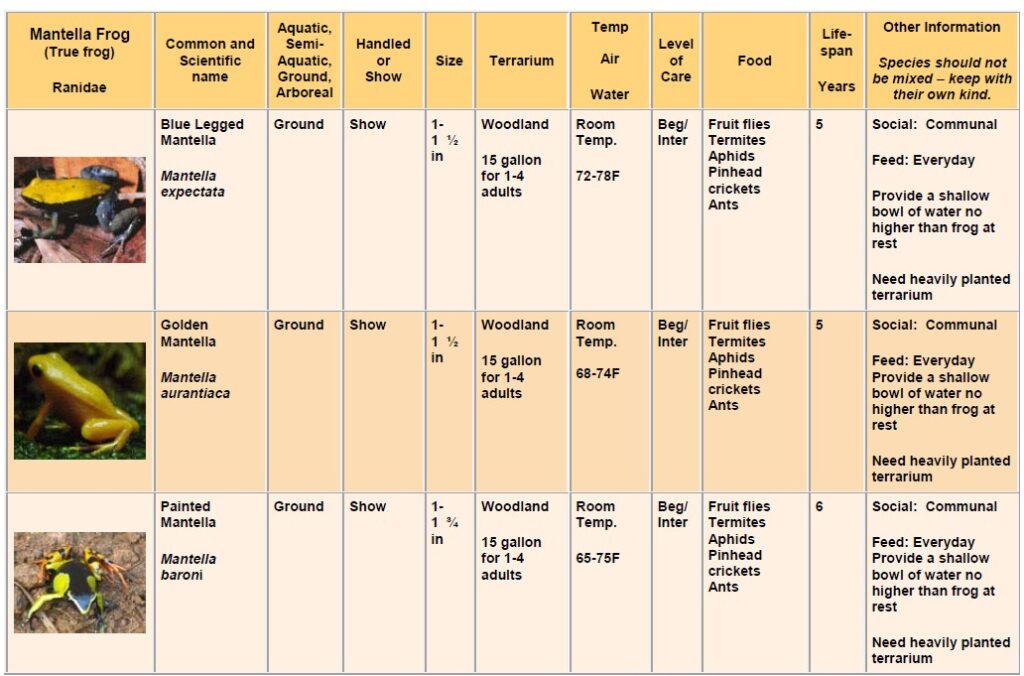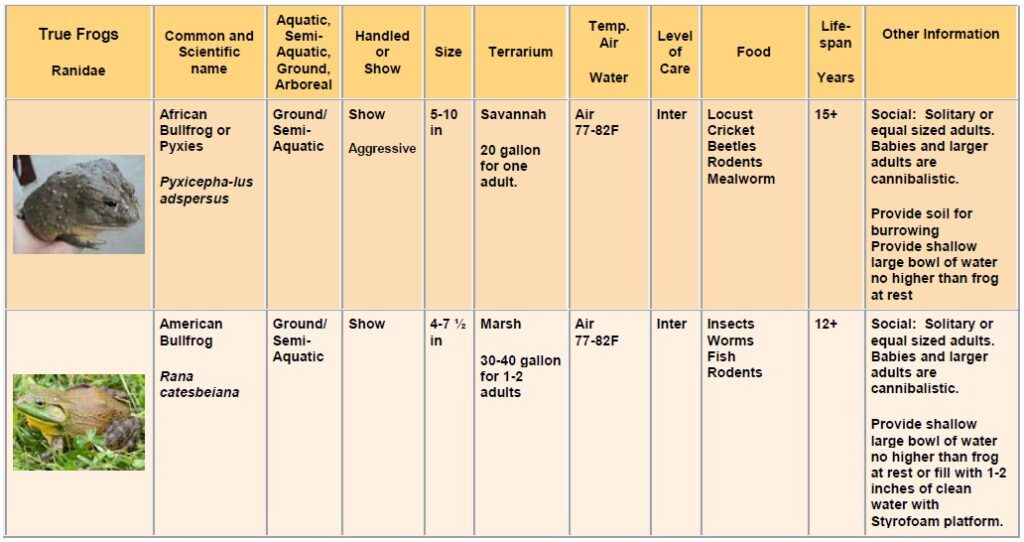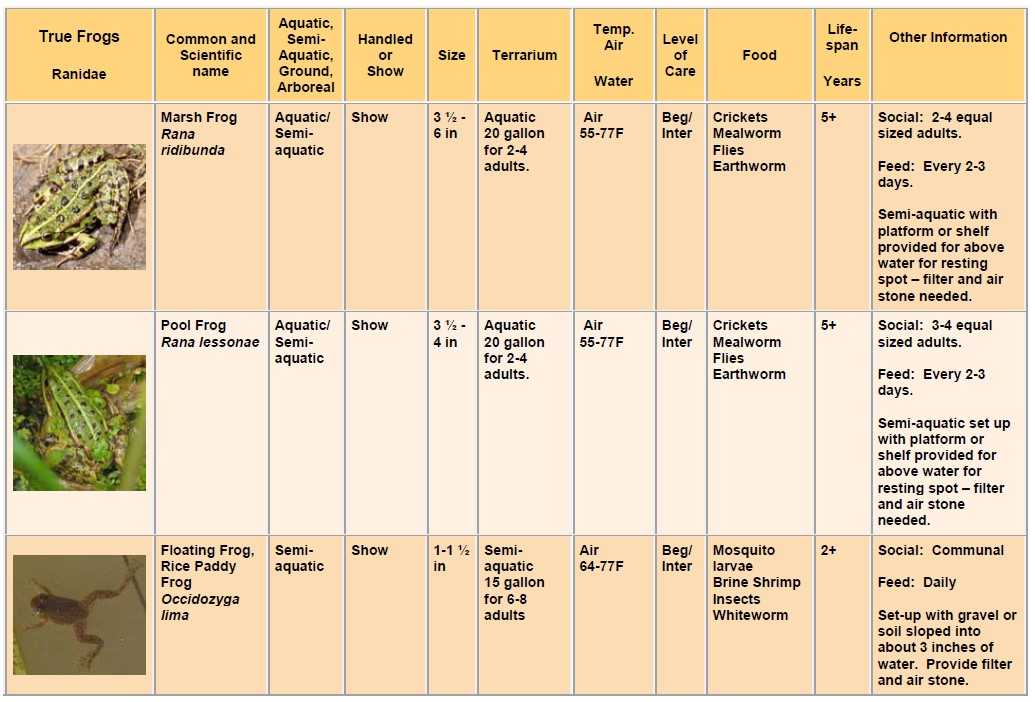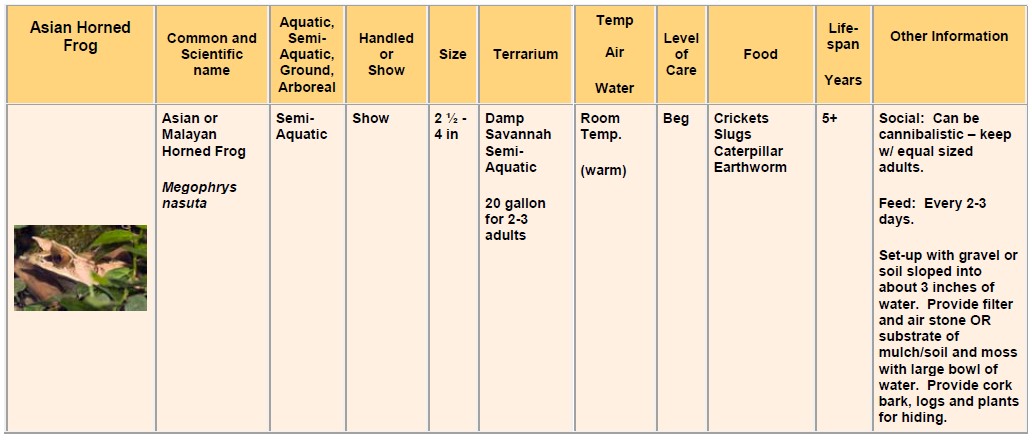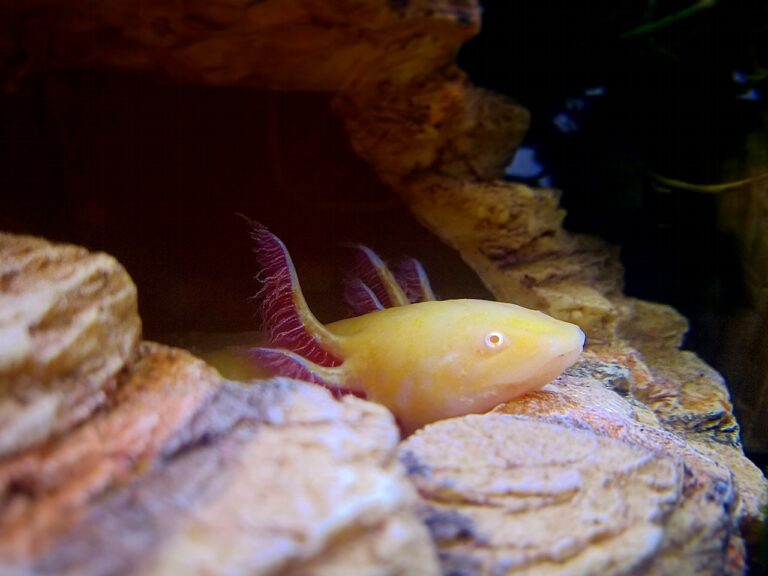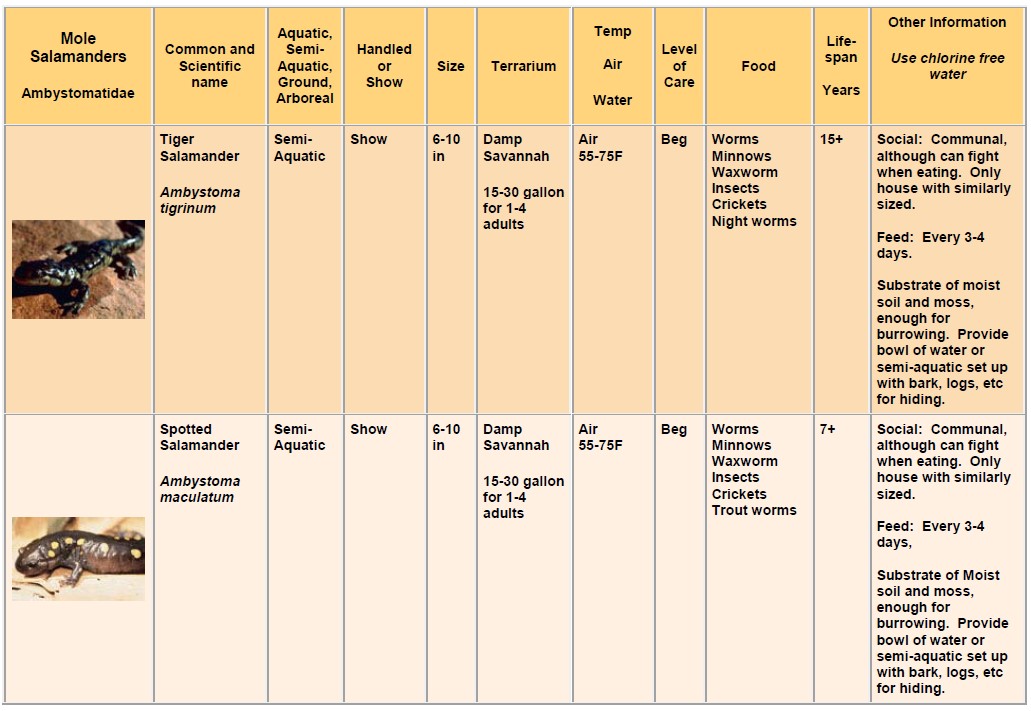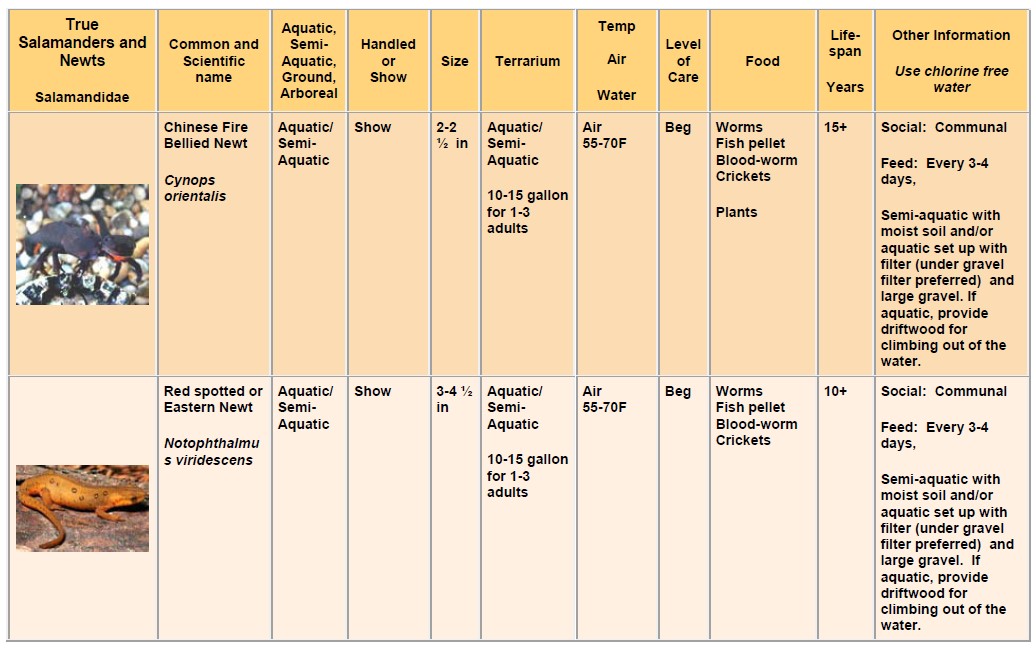Amphibian Pet Guide
Pick the Perfect Pet to Fit your Lifestyle!
Research, Resources & Education
Our objective is to serve as a platform for education, through extensive research and a wide range of links to resources. We strive to provide comprehensive and accurate information, and we understand that like humans, animals too are unique individuals. Therefore, it is essential to acknowledge that the information we provide is general and may not apply to every animal of a particular breed or species.
Table of Contents
Find the Perfect Amphibian
to Fit Your Lifestyle!
Guides to find a frog, toad, salamander or newt. This guide includes information on common or scientific name, size, level of care (beginner, intermediate or advanced) and general lifespan.
Are these amphibians better for show or can they be handled. What type of food do they eat?
Lastly, are they aquatic, semi- aquatic, or ground and what type of housing or terrarium are best for the specific breed.
ABOUT Amphibians
Amphibians
Toads, Frogs, Salamanders and Newts all belong to the class of Amphibia, along with caecilians that resembles earthworms.
HANDLING:
- One of the most important things to remember when keeping any of these is their permeable skin.
- Amphibians absorb impurities through the skin, so caution must always be taken when handling these creatures.
- If you must handle them Wash your Hands Before and After.
- Not only can impurities be passed from you to the amphibian, but many of them produce toxic or noxious secretions through the skin that can be passed to you.
- These may vary in the strength of toxicity, but always keep handling to a minimum.
TANK:
It is very important that tanks be inspected daily for soiled items and at the same time change the water.
- Use only de-chlorinated spring or rain water.
- Do not use tap water! If you must use tap water, it must be treated first to take out the chlorine.
- Clean the whole tank every 2-3 weeks, which includes sterilizing items inside and clean with a reptile safe disinfectant.
- For aquatic and semi-aquatic tanks a partial water change can be done weekly.
- When needed, provide an under tank heater. Most frogs do not require a basking light, but UVA/UVB lighting should be used as a light source.
- Check with the breeder for the specific requirements of each amphibian!
- Amphibian tanks can be very simple or an extravagant terrarium with multiple plants and waterfalls.
- Always check with the breeder for the best care for your specific species.
FOOD:
- Most frogs and toads will also require their food source to be dusted with calcium and/or vitamin powder.
- You can also ‘gut load’ crickets by feeding them a type of vitamin fortified food found in pet stores.
- This will then be transferred to the frog upon ingestion of the crickets.
- Once again, check with the breeder.
Frogs & Toads
Frogs and some toads not only come from several habitats, but also can range from tree dwelling (arboreal) to fully aquatic.
- *Aquatic – Most aquatic tanks should have a filter and, for some, an air stone and heater.
- Use aquatic plants and gravel that is to big to be ingested.
- *Semi-aquatic – This tank set up can be done with a ‘floating island’ for the frogs to climb on.
- This can also be done by using gravel and large pebbles with plants on one half the tank with a divider from the water side.
- The water side should have a filter, air stone and heater if needed.
- The land side should have cork bark, plants and other hiding places.
- There are many web sites out there on how to set up a semi-aquatic tank with suggested plants, such as Bromeliads.
- *Ground/Semi-Arboreal/Arboreal- The need for ground dwellers may vary depending if they are burrowers or spend most of their time up high.
- Most will do well with a substrate of non-aromatic mulch or bark chips with a top soil and moss depending on the species.
- Most species like hiding spots with plants, cork bark and logs.
- For arboreal frogs, add branches for perching.
- Provide a bowl of de-chlorinated water for these toads and frogs, but make sure it is shallow, as some of these species are not good swimmers.
- Again, see the breeder or find some web sites on amphibian care for information on your specific species.
- For example, the poison arrow frogs like running water, so a waterfall may be a great addition to the tank.
Salamanders & Newts
Like the frogs, some salamanders stay in the water their entire life, some come out of the water some of the time, and some are completely land dwellers as adults. See above for frog/toad setup.
TANK:
- Salamanders usually will not require a heater.
- In fact most are heat sensitive and require tanks less than 75 degrees.
- Most species require high humidity, so mist the tank frequently with de-chlorinated water.
- Depending on the type of terrarium, provide a bowl of de-chlorinated, spring or rain water.
HANDLING:
- Salamanders will also regenerate lost limbs and other body parts.
- They come in many bright colors, which is usually indicative of creatures that produce toxins.
- Be careful if you need to handle salamanders, as they can secrete a highly dangerous toxin from their skin, especially around the head and dorsal skin area of the amphibian.
- You may want to wear gloves if handling is necessary.
TOADS
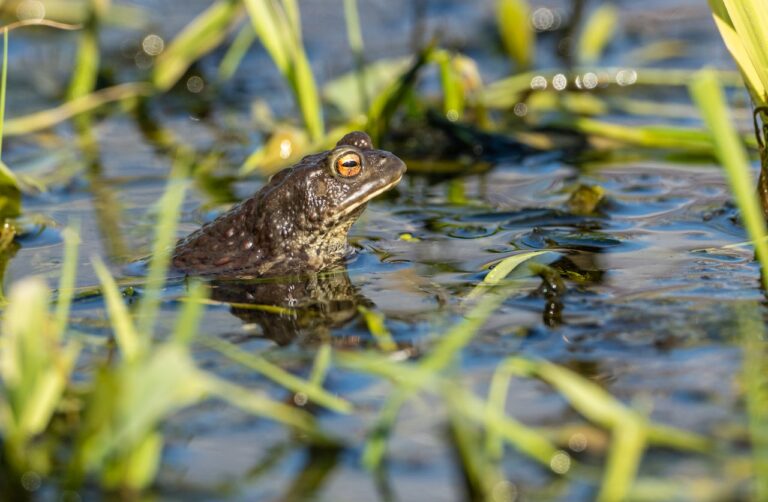
FROGS
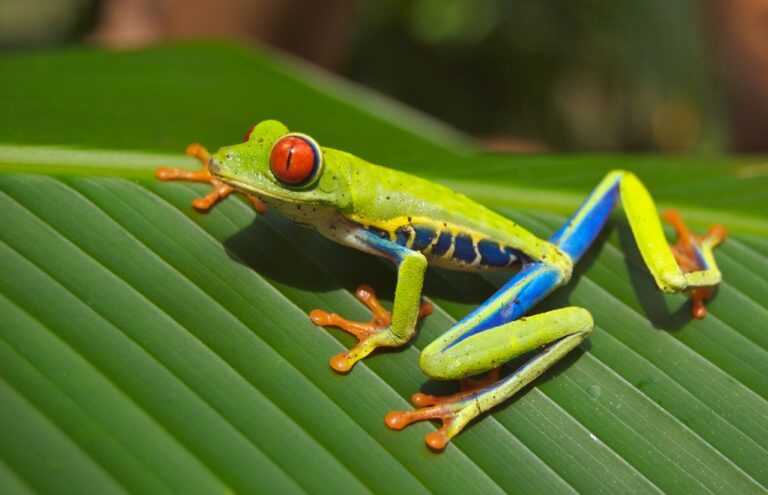
SALAMANDER & NEWT
References
| Subject | Company / Link |
|---|---|
| General Information | New England Herpetology Society – NEHS |
| Care Sheets | PETCO |
| Care Sheets | Reptastic |
| Care Sheets | Western New York Herpetology Society |
